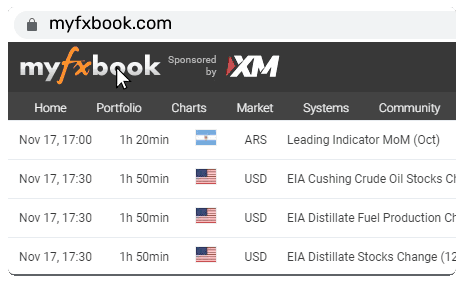How does interest rate affect currency rates?

Currency rates are significantly affected by the most important economic news. Forex traders know how to ‘trade on the news’—seek to earn money by interpreting information about economic events. Among the indicators that traders pay attention to are inflation data, unemployment data, and the Central Bank's interest rate. The latter generates the most vital movements in the Forex market, thus creating an opportunity to make a profit during news publication. The increase or decrease of the key rate also has a solid and lasting impact on the economy, allowing traders to earn money by making transactions on the formed trend.
What is the correlation between the level of interest rate and the exchange rate?
To grasp how interest rate fluctuations affect exchange rates, we can look at the concept through real-world parallels. Let’s imagine we have savings deposited in a commercial bank. If a bank next door raises its deposit interest rates and surpasses the rate of our bank, it would be prudent to consider transferring our funds to the bank next door and capitalise on the higher returns.
In the real world, a similar dynamic unfolds. When a central bank raises its interest rates, it boosts yields on money market instruments, enticing investors. This triggers a flow of capital from one economy to another. However, to access more lucrative assets, investors must purchase the national currency. Consequently, when the key interest rate is elevated, the exchange rate of the national currency rises as well.
'Every day, there are $7.5 trillion transactions in the currency market, with $6.6 trillion involving the American dollar. Therefore, the foreign exchange market reacts quite keenly when the official interest rate in the United States changes,' said Kar Yong Ang, the Octa financial market analyst. He added that at least two key rate cuts by the U.S. Federal Reserve are expected in 2024, which would bring dollar quotes well below the current levels.
What is news trading?
News trading is a strategy in which a trader makes transactions directly at the moment of news publication. A powerful source of price fluctuations in the global markets is news about politics and economy, inflation, unemployment, the introduction of sanctions duties, and natural disasters. Such news causes strong resonance in currency markets.
Price dynamics during the publication period is typically predictable and is divided into three stages:
- Price consolidation. This phase usually involves traders studying the economic agenda and preparing for the publication, in some cases placing pending orders.
- Emergence of information. This stage witnesses a sharp burst of volatility and a directed change in the price of a currency pair for a brief period. This presents the primary opportunity for traders to make profits.
- Development of price movement and subsequent decrease in volatility. Following the initial surge in volatility, the price movement tends to develop further, and volatility gradually decreases.
The price consolidation phase can last from one hour to several days. The reaction phase to news lasts from 5 to 30 minutes on average, with the most substantial change occurring in the first minute. The development phase lasts from 30 minutes to 4 hours. Depending on the skills, knowledge, and trading style, a trader can take advantage of any of these phases.
Conclusion
We have understood that interest rates affect the currency rate. Since the most significant volume of transactions in the currency market is carried out with the U.S. dollar, it makes sense to focus on the decisions of the U.S. Federal Reserve System on interest rate changes. The next meeting is scheduled for 20 March 2024. The U.S. monetary policy is generally dovish, meaning the dollar tends to decline against all major currencies in 2024.





















